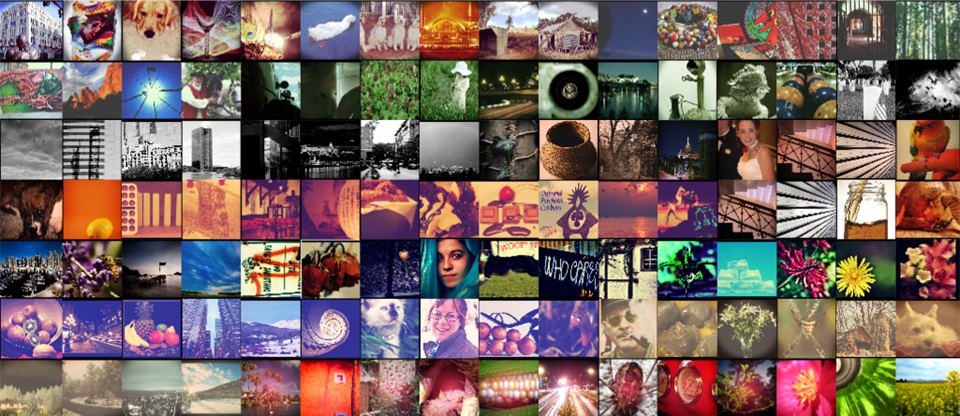Photo Filter Recommendation by Category-Aware Aesthetic Learning
Abstracts
Nowadays, social media has become a popular platform for the public to share photos. To make photos more visually appealing, users usually apply filters on their photos without domain knowledge. However, due to the growing number of filter types, it becomes a major issue for users to choose the best filter type. For this purpose, filter recommendation for photo aesthetics takes an important role in image quality ranking problems. In these years, several works have declared that Convolutional Neural Networks (CNNs) outperform traditional methods in image aesthetic categorization, which classifies images into high or low quality. Most of them do not consider the effect on filtered images; hence, we propose a novel image aesthetic learning for filter recommendation. Instead of binarizing image quality, we adjust the state-of-the-art CNN architectures and design a pairwise loss function to learn the embedded aesthetic responses in hidden layers for filtered images. Based on our pilot study, we observe image categories (e.g., portrait, landscape, food) will affect user preference on filter selection. We further integrate category classification into our proposed aesthetic-oriented models. To the best of our knowledge, there is no public dataset for aesthetic judgment with filtered images. We create a new dataset called Filter Aesthetic Comparison Dataset (FACD). It contains 28,160 filtered images based on the AVA dataset and 42,240 reliable image pairs with aesthetic annotations using Amazon Mechanical Turk. It is the first dataset containing filtered images and user preference labels. We conduct experiments on the collected FACD for filter recommendation, and the results show that our proposed category-aware aesthetic learning outperforms aesthetic classification methods (e.g., 12% relative improvement).
Filter Aesthetic Comparison Dataset (FACD)
Filter Aesthetic Comparison Dataset (FACD) contains 1,280 unfiltered images collected from the AVA dataset within 8 categories. It also includes 28,160 filtered images and 42,240 image pairs. The filtered images are generated by applying 22 different filter types provided by GIMP toolkit on the unfiltered images. The image pairs are sampled from the filtered images and annotated by users on Amazon Mechanical Turk. The pairwise comparison results are used for both training and evaluation in this paper.
